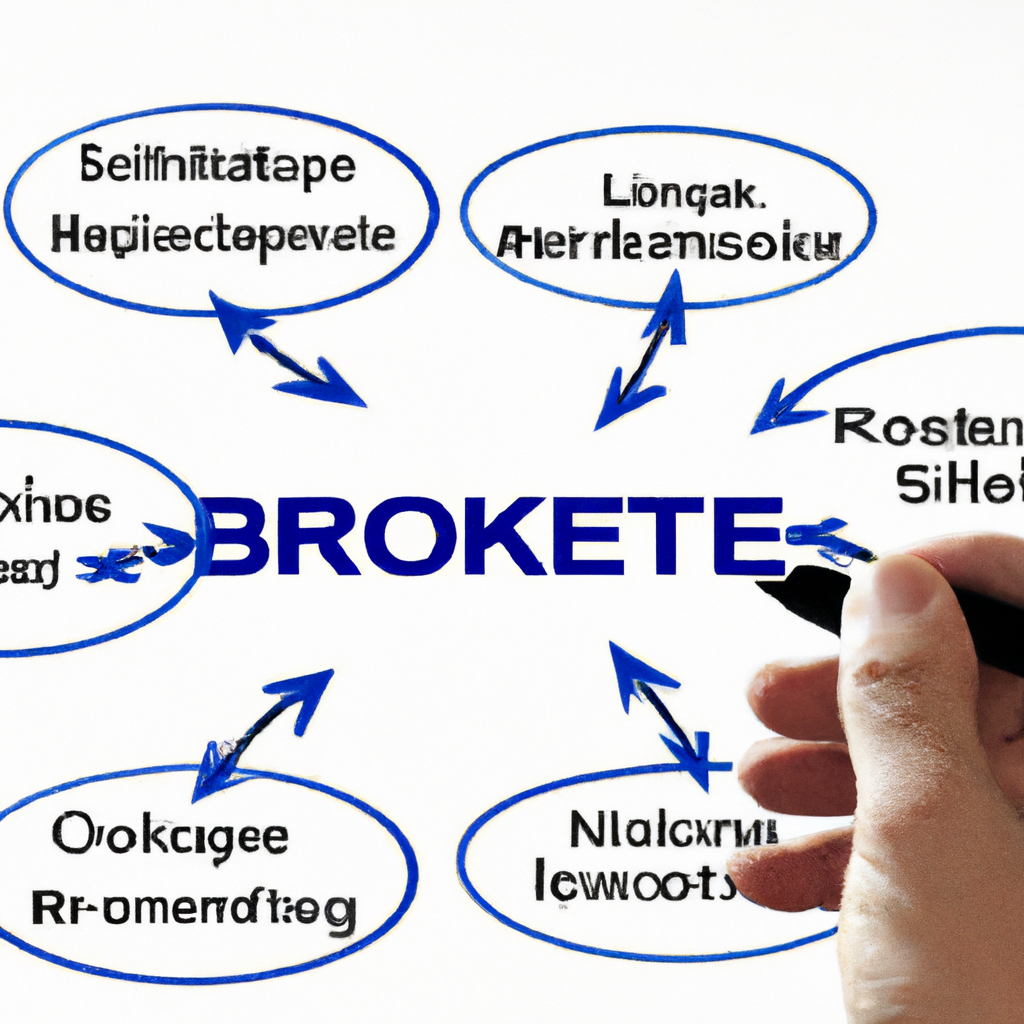Broker Technology Assessments
Introduction
In today’s fast-paced and highly competitive business world, brokers need to leverage technology to stay ahead of the curve. The right technology can streamline operations, enhance customer service, and increase overall efficiency. However, with so many options available, it can be overwhelming for brokers to choose the right technology for their specific needs. This is where broker technology assessments come into play.
What is a Broker Technology Assessment?
A broker technology assessment is a systematic evaluation of the current technology infrastructure and the identification of opportunities for improvement. It involves analyzing existing systems, identifying pain points, and exploring potential solutions that align with the broker’s goals and objectives. The assessment helps brokers make informed decisions about technology investments and ensures that they are maximizing their resources.
The Benefits of Broker Technology Assessments
1. Improved Efficiency: A technology assessment helps identify bottlenecks and inefficiencies in the current system, allowing brokers to implement solutions that streamline processes and save time.
2. Enhanced Customer Experience: By leveraging the right technology, brokers can provide their clients with better service and a more personalized experience. Technology assessments help identify tools and platforms that enable brokers to deliver exceptional customer service.
3. Cost Savings: Assessing the technology landscape allows brokers to identify redundant or underutilized systems, leading to cost savings. By investing in the right technology, brokers can optimize their resources and reduce unnecessary expenses.
4. Competitive Advantage: Staying up-to-date with the latest technology trends gives brokers a competitive edge. Assessing technology allows brokers to identify emerging solutions that can differentiate them from their competitors and attract new clients.
The Process of a Broker Technology Assessment
1. Define Objectives: The first step in a technology assessment is to clearly define the objectives. Brokers should identify the specific areas they want to improve and the outcomes they want to achieve.
2. Evaluate Current Technology: Assess the existing technology infrastructure, including hardware, software, and communication systems. Identify strengths, weaknesses, and areas for improvement.
3. Identify Pain Points: Engage with employees and stakeholders to identify pain points and challenges they face in their day-to-day operations. This feedback is crucial in understanding where technology can make the most significant impact.
4. Research Solutions: Research available technology solutions that align with the identified objectives. Consider factors such as scalability, integration capabilities, and cost-effectiveness.
5. Consult with Experts: Seek guidance from technology experts or consultants who specialize in broker technology. They can provide valuable insights and recommendations based on their industry expertise.
6. Develop an Implementation Plan: Once the assessment is complete, develop a comprehensive implementation plan. This plan should outline the steps required to integrate the new technology into the existing infrastructure and ensure a smooth transition.
Conclusion
In an increasingly digital world, broker technology assessments are essential for staying competitive and meeting the evolving needs of clients. By evaluating existing technology, identifying pain points, and exploring potential solutions, brokers can make informed decisions about technology investments that drive efficiency, improve customer service, and ultimately lead to business growth. Embracing technology is no longer an option but a necessity for brokers looking to thrive in today’s market.



